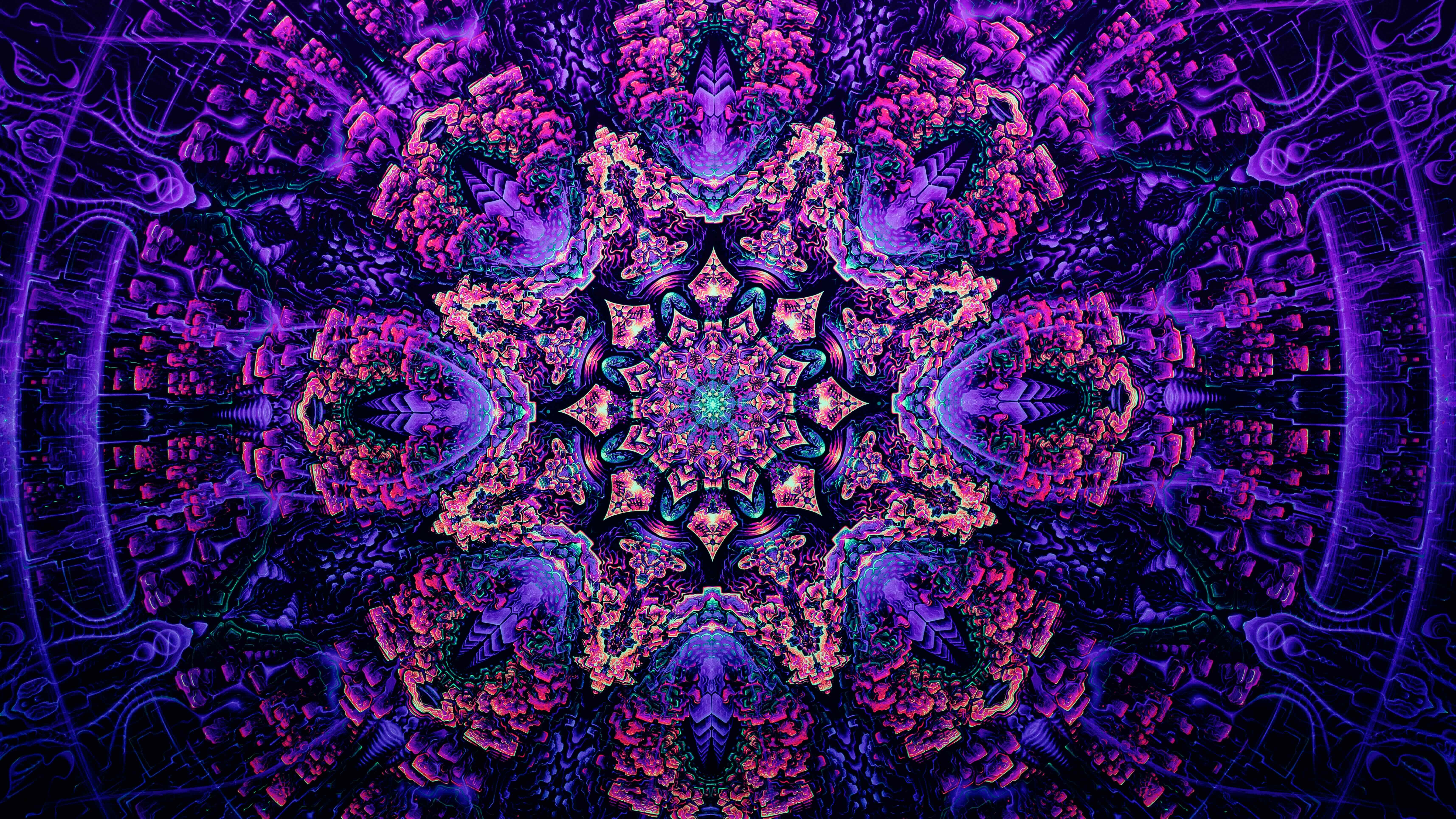Is Ketamine a Psychedelic — and Does That Label Help?
Many patients arrive asking a simple, loaded question: Is ketamine a psychedelic?
The medically precise answer is: ketamine is a dissociative anesthetic.
The phenomenologically honest answer is: it often produces psychedelic effects.
Holding both truths matters. When we name the psychedelic-like aspects of ketamine treatment — altered perception, a softened grip on rigid thought patterns, shifts in self-perspective — we can design care that is safer, calmer, and more supportive for people pursuing ketamine for depression at Lumin Health.
Medical category vs. experiential reality of ketamine
In anesthesia and psychiatry — the context that ketamine was initially developed for — ketamine sits in the dissociative family and primarily acts within the glutamate system (not the 5-HT2A pathway typical of classic psychedelics). Esketamine (Spravato) is its FDA-approved relative for specific indications, provided in a REMS-governed Spravato clinic.
In session, many patients describe effects that feel “psychedelic”: time stretching, music gaining dimension, colors or patterns shifting, and — often most helpful — a kinder, more flexible vantage point on difficult thoughts. These experiences vary by person and dose. Not everyone has visuals, and not every moment is easy. At Lumin Health, we are specifically trained and present to guide you through these moments and are a calm, caring, expert presence during your ketamine dosing.
Keeping the medical label accurate protects safety and ethics. Naming the experiential truth helps Lumin Health plan how to care for you.
Why Lumin Health uses “psychedelic effects” language when talking about ketamine therapy
We choose our words to support your experience — not to sell it.
- Accuracy: For many, ketamine treatment changes perception and cognition in ways patients recognize as psychedelic. Saying that out loud sets realistic expectations.
- Safety by design: When we acknowledge psychedelic effects, we can intentionally build best-practices for psychedelic experiences like attuning to the right set and setting: low light, comfortable positioning, limited interruptions, curated music, and steady clinical monitoring.
- Therapeutic follow-through: The hours to days after ketamine or esketamine (Spravato) dosing can open a neuroplasticity window when new skills “stick” more readily. Lumin Health coordinates with your existing care team so that these insights have a place to land.
How framing shapes expectations — and risk in — ketamine treatment
Words shape outcomes. Calling ketamine “a trip” can invite thrill-seeking or disappointment. Calling it “just anesthesia” can minimize the care needed around mindset and environment. At Lumin Health, we prefer a middle path:
- Agency over control: You maintain participatory control — choosing music, adjusting posture, signaling needs — while our team manages dose, route, and medical safety.
- Curiosity over certainty: Many patients describe overall benefit when they approach the session with a gentle, explorer’s mindset. Not because the medicine forces insight, but because it may create conditions for relief.
- Containment over bravado: Difficult moments can happen. Clear planning, grounding tools, and care from the calm, skilled Lumin Health team of experts can keep those moments contained.
FAQs
Can ketamine cause a “bad trip”? How does Lumin Health mitigate the risk of this?
It can cause challenging experiences. Anxiety, nausea, or unsettling thoughts may arise. This is common, natural, and temporary — and a part of what can make the ketamine experience so powerful.
In a clinically monitored Spravato clinic or ketamine program, we prepare for this: careful dosing, supportive coaching, and practical grounding strategies (breath cues, eye mask, clinician presence). Most difficult moments pass in short order. If they don’t, we have medical tools — and a plan.
How do you keep ketamine patients safe?
Safety is layered:
- Screening & planning: Medical review, medication checks, and a personalized plan for ketamine treatment or esketamine (Spravato).
- Set & setting: Quiet room, comfortable positioning, and staff who know when to step in and when to step back.
- Monitoring: Vitals and clinical observation throughout; post-dose re-orientation before you leave.
- Aftercare: A clear plan for the next 24–72 hours and, when possible, psychotherapy during the neuroplasticity window to anchor gains.
A closing note for your decision about ketamine therapy
Labels should protect people, not limit them. Calling ketamine a dissociative anesthetic with psychedelic effects keeps the medicine grounded in evidence while honoring what many patients actually feel. If you’re considering ketamine for depression, we’ll help you prepare well, move through the experience safely, and use the hours and days after to support what matters to you.







